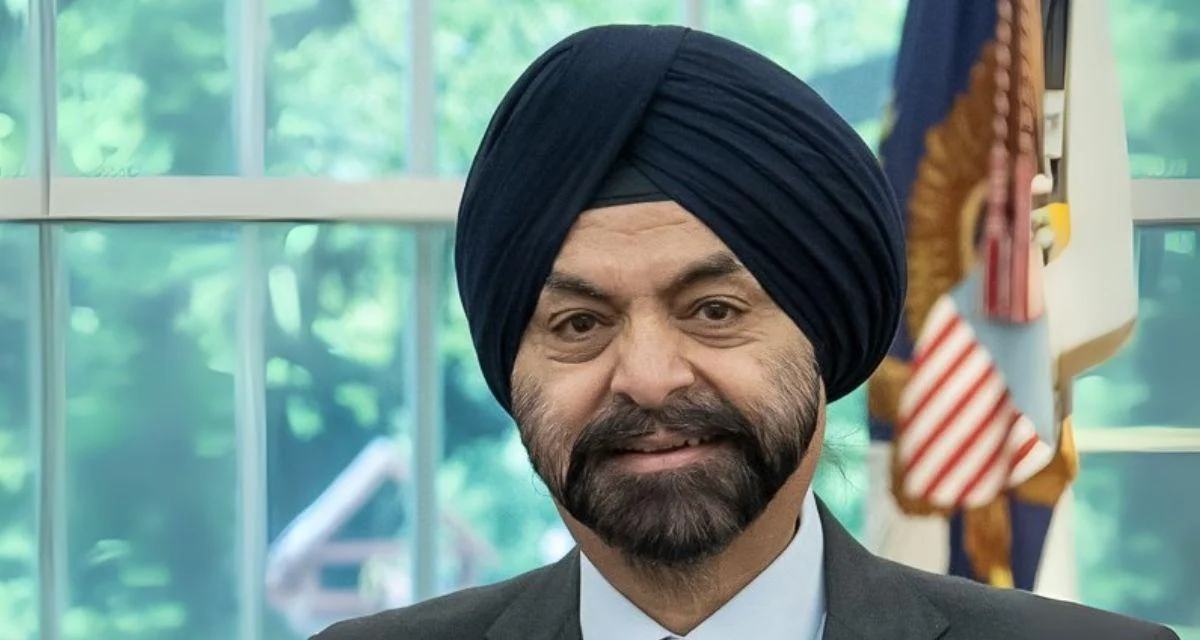Health financing is a key element in ensuring access to health services without causing financial hardship, according to the World Bank. The organization states that effective management of health funds supports hospitals and clinics, makes treatment more affordable, and helps countries move toward universal health coverage (UHC).
The World Bank has set a goal to help countries deliver quality, affordable health services to 1.5 billion people by 2030 as part of its mission to end extreme poverty and promote shared prosperity.
The COVID-19 pandemic exposed weaknesses in global health systems and public finances. Currently, over half the world’s population lacks full coverage for essential health services, and one in four people face financial difficulties due to out-of-pocket payments for care. Fiscal constraints are expected to persist in many low- and middle-income countries because of debt distress, while demands on health systems continue to rise due to factors like climate change and aging populations.
To address these challenges, the World Bank works with countries on strategic policies such as redesigning benefits packages, aligning budgets, or changing payment methods for healthcare providers. These efforts can create jobs and improve overall well-being.
"The World Bank helps countries develop strategic health financing policies by coordinating health and public finances, and optimizing both domestic and external resources. As a leading multilateral development bank, it provides leveraged on-budget financing to support sustainable national health goals, guided by country-led strategies and informed by local engagement and global expertise."
The organization produces global knowledge through initiatives like the Government Resources and Projections for Health (GRPH) report series—formerly known as From Double Shock to Double Recovery—and Disease Control Priorities (DCP). It also offers capacity-building programs, technical assistance, analytics for country operations, and cross-sector partnerships.
To reach its target of supporting 1.5 billion people with quality healthcare by 2030, the World Bank leverages deep country engagement, tailored financing instruments, global convening power, cross-sectoral expertise in fiscal policy and social protection issues related to health ministries.
Supporting governments involves analyzing core questions about resource mobilization—how much is spent on health; financial protection—how well pooling schemes protect against hardship; purchasing—how resources are allocated; public financial management—the impact of budgetary processes; as well as cross-cutting tools needed for reform implementation.
Resource mobilization focuses on spending levels and funding sources. Many nations depend on development aid but reliable public finance is crucial for sustainability. Fiscal policies such as taxes or subsidies can influence consumption patterns—for example reducing tobacco use or fossil fuel reliance—and the World Bank collaborates with partners through cofinancing projects or work on health taxes via its Global Tax Program.
Financial protection aims at shielding households from impoverishing out-of-pocket expenses. In partnership with WHO the biennial Global Monitoring Report tracks this issue globally. Efficient pooling arrangements are promoted along with practical support for improving insurance schemes’ effectiveness.
Strategic allocation ensures value-for-money when paying providers while expanding service delivery through private sector engagement—including supply chain strengthening with IFC involvement.
Public Financial Management improvements increase transparency in budgeting processes reduce fragmentation enhance provider autonomy build institutional capacity—all supported by recent tools like Budget Execution in Health: From Bottlenecks to Solutions (with WHO) or FinHealth diagnostics.
Cross-cutting work includes diagnostic reports assessing fund allocation training programs like Financing UHC via Tokyo’s Knowledge Hub flagship initiatives enhancing system capacities across countries.
Key partners include WHO UNICEF Gavi Global Fund Gates Foundation IMF OECD among others collaborating toward universal coverage goals.
Several examples illustrate these approaches:
In Colombia excise taxes targeting tobacco alcohol sugary drinks were implemented between 2017–2025 using Development Policy Operations backed by technical assistance from the World Bank. This led to reduced sugary drink consumption among children—from 24% down to 18% between 2019–2022—with tax revenues projected at 0.2% of GDP by 2025.
https://www.worldbank.org/en/news/feature/2023/10/30/colombia-health-taxes-sugar-tobacco-alcohol
Morocco expanded compulsory nationwide insurance reaching 75% population coverage by March 2025 after reforms supported through policy dialogue technical help Development Policy Financing from the World Bank.
https://www.worldbank.org/en/news/feature/2024/04/02/morocco-health-financing-reform
Cambodia’s Health Equity Fund received $113 million from the World Bank aiming at reducing catastrophic out-of-pocket costs increasing access among vulnerable groups contributing toward lowering national out-of-pocket spending targets.
Egypt launched Universal Health Insurance Law in 2018 following years-long dialogue supported by advisory services projects investments contracts involving both public private sectors facilitated partly through IFC participation.
https://www.worldbank.org/en/results/2023/12/06/universal-health-insurance-egypt
Côte d’Ivoire achieved rapid expansion covering up to two-thirds of its population under national insurance within two years (2023–24), driven by government leadership digital enrollment mobile platforms performance-based incentives all supported financially technically institutionally via various World Bank Group mechanisms.
Uganda increased local government funding from $70 million annually in 2017 up over $300 million per year by 2024 leveraging IDA programs which improved workforce standards facility upgrades resource allocation benefiting millions annually.
"The surge in enrollments in the health insurance scheme has already resulted in a fourfold increase in the utilization of health services particularly in rural areas," according to information provided about Côte d’Ivoire's progress.

